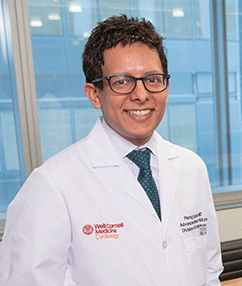More than half of older heart failure patients leave the hospital with prescriptions for 10 or more medications, according to a new study.

Although some of these drugs may be appropriate, others likely are not, reports Parag Goyal, M.D., a geriatric cardiologist at NewYork-Presbyterian/Weill Cornell Medical Center, New York City. In fact, heart failure patients with high prescription rates may be especially vulnerable to drug interactions, he and his colleagues have found.
The researchers examined the health data from 558 Medicare beneficiaries, aged 65 and older, who were hospitalized for heart failure between 2003 and 2014 at hospitals across the United States.
Among their findings:
- Upon admission, 84% of the study participants took five or more medications, and 42% took 10 or more.
- Participants were discharged from the hospital with more prescriptions than when they were admitted: 95% were prescribed five or more medications, and 55% were discharged with 10 or more.
- Polypharmacy has become increasingly common.
- Most of the medications were not to treat heart failure or a heart condition.
The results support the need for improved and routine medication review processes, not only prior to hospital discharge, but particularly in the immediate post-discharge period where the risk of hospital readmission is particularly high, Goyal said.
What’s more, defining polypharmacy as taking 10 or more medications might be more ideal in the heart failure population as most patients already take five or more, he added.
Notably, the study was conducted before several new heart failure medications came on the market. Although increased treatment options are a good thing, “it is important to also consider the negative consequences of more medications prescribed for each patient,” Goyal said.
The key to managing polypharmacy is medication review at each appointment, with an aim to discontinue any medications in which the risks outweigh the benefits, he concluded.
Full findings were published in the journal Circulation: Heart Failure.



